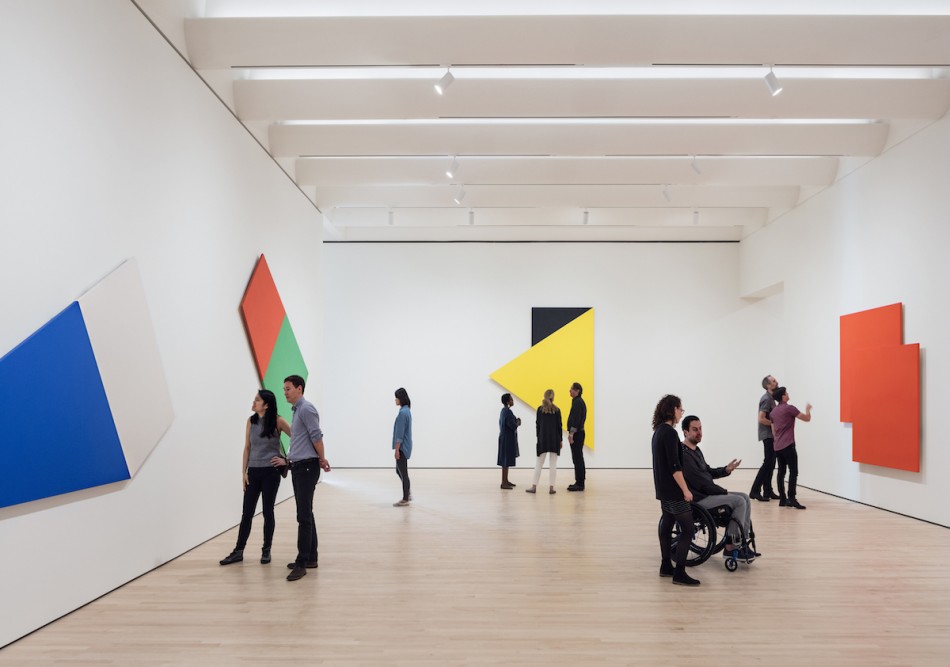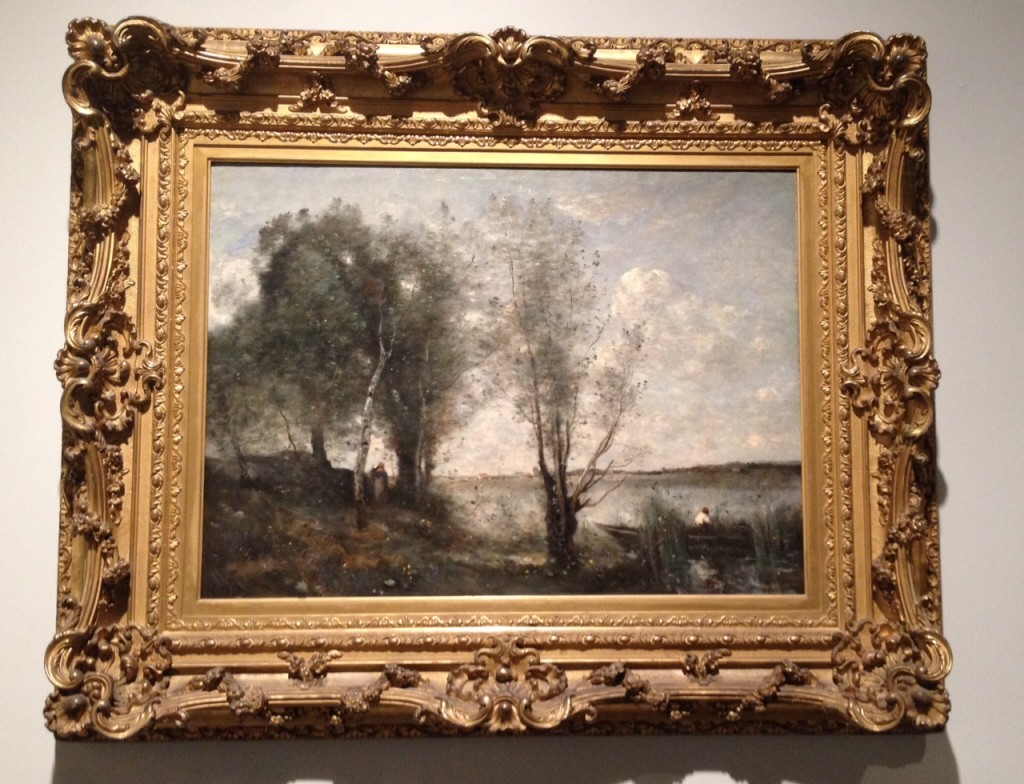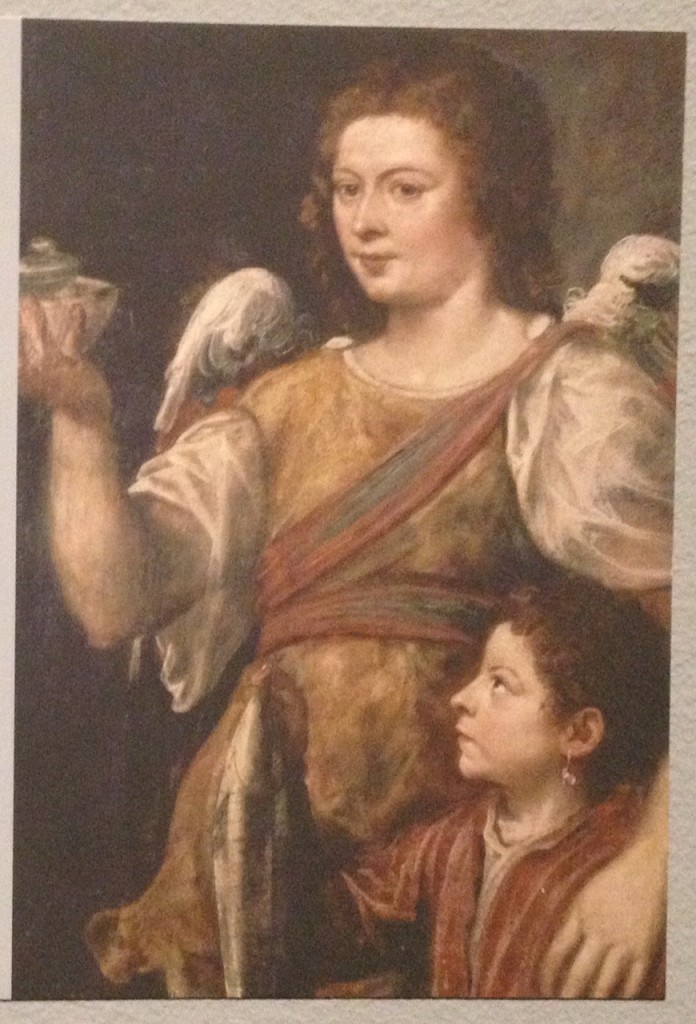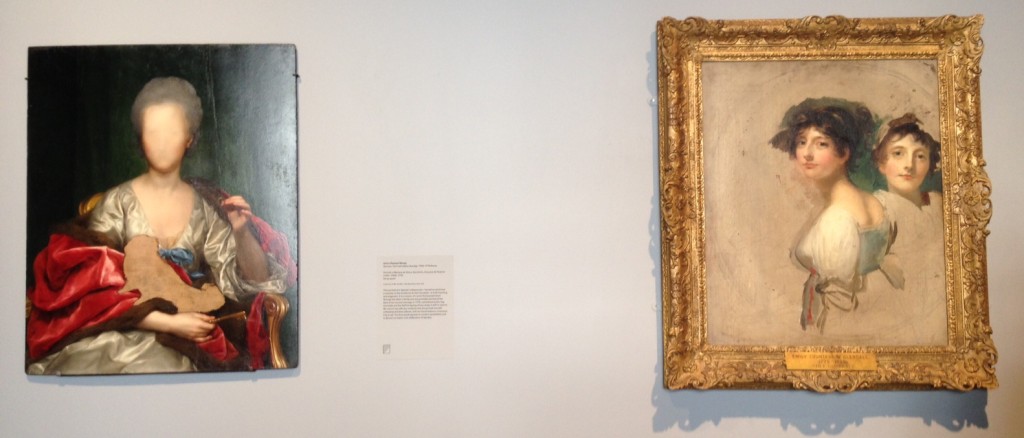We’ve never known exactly the details of the deal that the San Francisco Museum of Modern Art made in 2009 with the Fisher family to get its collection (better described, actually, as access to the family’s collection–at first for 25 years and later changed to 100 years). And we still don’t. But an article by Charles Desmarais in today’s San Francisco Chronicle, Unraveling SFMoMA’s Deal for the Fisher Collection, bares more about it than I’ve ever seen before. What he reports is troubling, very troubling.
 I urge you to read it. But because it is behind a paywall–and you may not have access to it–let me post some key elements here, counting down to the worst part, in my opinion:
I urge you to read it. But because it is behind a paywall–and you may not have access to it–let me post some key elements here, counting down to the worst part, in my opinion:
- A grouping of Fisher collection works must hang together in the galleries once every 10 years.
- The museum’s partnership is with an entity called the Fisher Art Foundation, but Doris Fisher actually owns most of the works. Like any lender, she can recall a work on loan to the museum any time she wants. Only those owned by the Foundation can’t have “private use.â€
- Of about 1,100 works in the Fisher collection, about 260 are on loan now to the museum—and only five of them are owned by Doris Fisher. But how many others in the whole collection does she own? We don’t know.
- The Doris and Donald Fisher Collection Galleries—occupying the museum’s fourth, fifth and sixth floors–are required to contain primarily Fisher works at all times. No more than 25 percent of what is on view may come from other lenders or donors.
The final bullet point is critical. As Desmarais wrote:
It means that something like 60 percent of SFMOMA’s indoor galleries (not counting free-admission areas that serve as combination lobby and exhibition spaces) must always adhere — or, at least, respond — to a narrative of art history constructed by just two astute but obdurately private collectors…
[Thus] for the next 100 years, [museum curators’] job will be limited in those galleries to a kind of scholarly embroidery, filling in around the edges of a predetermined scenario with works by other artists, such as women, artists of color or California artists.
Devoting that much space, 60 percent, to the Fisher collection is way too large a proportion of the museum. The Lehman wing at the Metropolitan Museum* is most analogous; the collection must stay together as it was at the time of the gift. But, while I don’t know what proportion of the Met’s total space the wing occupies, but it must be paltry by comparison with the Fisher deal–and yet it was controversial.
And at SFMoMA, the provision lasts for 100 years, no less–which creates another problem. The Lehman collection was older art; it had weathered centuries of exposure and criticism and emerged as museum-worthy. The Fisher Collection is contemporary art: who knows how it will be viewed in 100 years? Take a look at the list of artists written about by Vasari. Where are some now? And whom did he leave out?
Desmarais didn’t mention the financial part of the deal in his story, but at the Met, the Robert Lehman Foundation provides a substantial annual payment to help defray the cost of the wing.
I understand the pressure that SFMoMA director Neal Benezra must have been under to cut a deal with the Fishers. But it seems to me that he and the museum’s board were out-negotiated. I–and, I think, others–will have to look at the museum differently, knowing these details. I hope other museums do not emulate Benezra and the museum’s trustees.
I commend Charles, a friend, on his digging. We need more of it.
Photo Credit: Courtesy of SF MoMA









